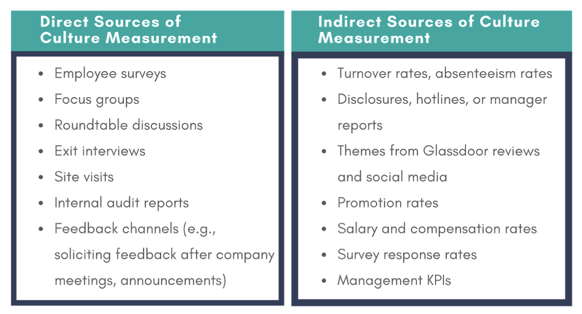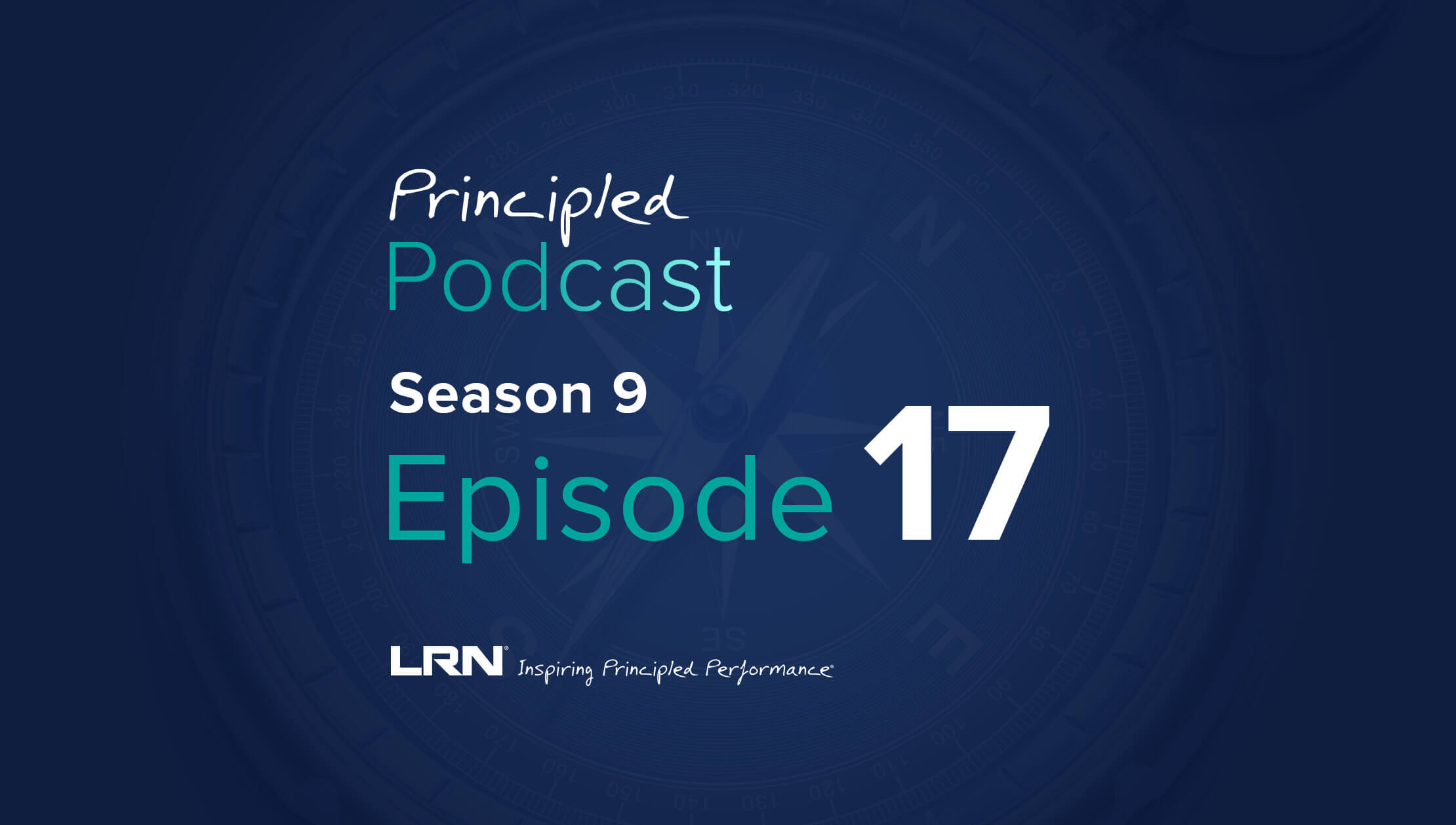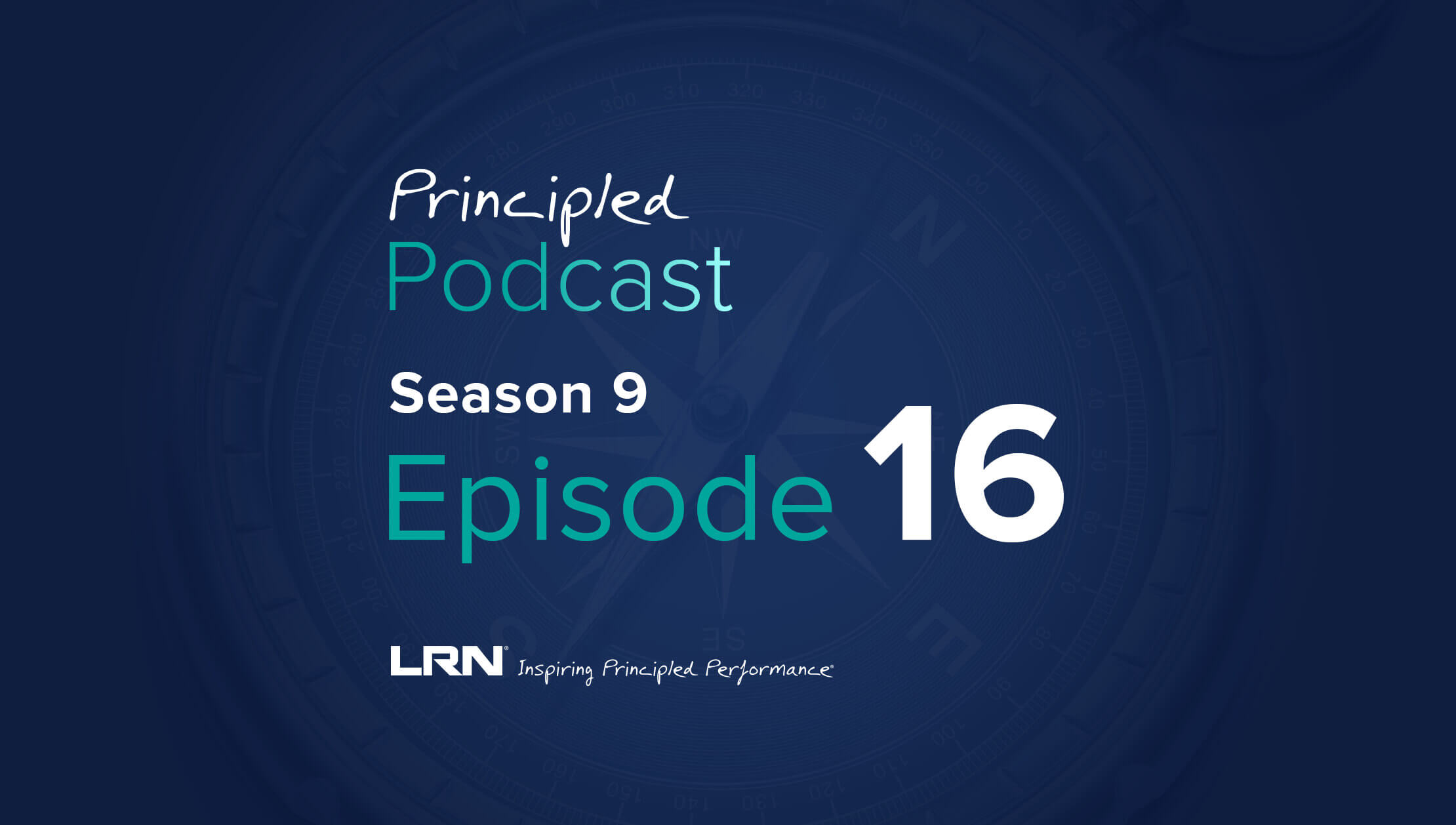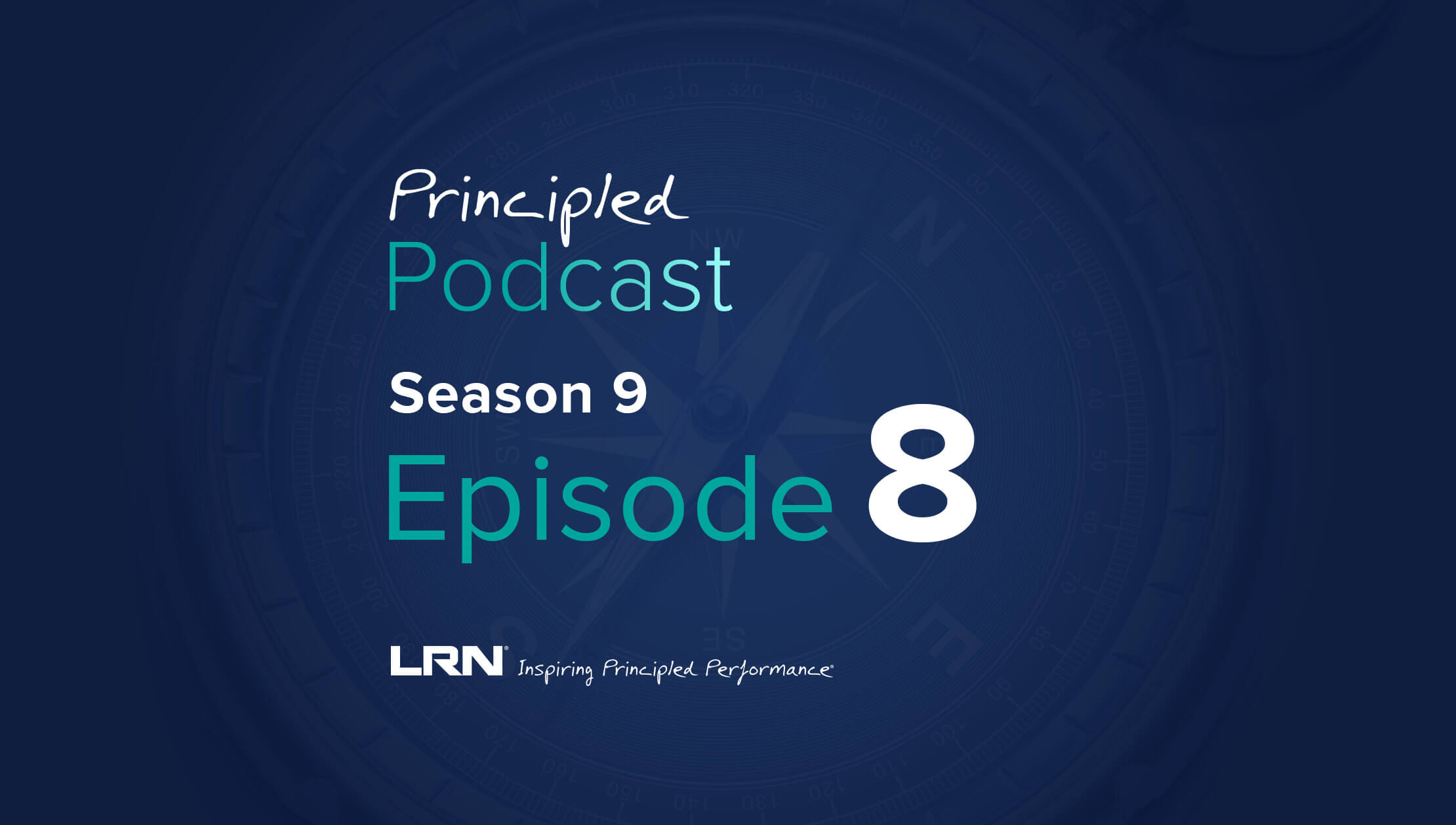Company culture is one of the key aspects that boards of directors need to oversee. A great company culture impacts employee buy-in and helps encourage employees to feel a greater overall sense of connection with the brand. A new report from LRN and Tapestry Networks offers guidelines that can help board members improve their oversight of company culture, collaborate with executive management to strengthen that culture, and improve key measures of business performance, including customer satisfaction, employee loyalty, innovation, and growth.
Assessing Corporate Culture: A Practical Guide to Improving Board Oversight provides key information from nearly 40 directors and executives from more than 60 different companies, some of them among the largest in the world. This is the second collaboration between Tapestry Networks and LRN, who released the 2021 report, Activating Culture and Ethics from the Boardroom. With these insights, board members and C-suite executives can help get a better look at the company's overall ethical culture and how they can make improvements to that culture.
Let's take a look at the five areas of board oversight that are influencing how boards of directors approach their responsibilities to shaping corporate culture.
What is board oversight?
According to the Harvard Law School Forum on Corporate Governance, "Board oversight involves the continual inquiry by directors into whether the board's delegation of authority to management is reasonable, and whether the board has received sufficient and accurate information from management to make that determination." In essence, board oversight means tracking what authority has been provided to people within the company—most notably the management team—and how management is performing within those responsibilities. The board must keep track of potential compliance and risk as well as monitoring the ethical behavior of the organization.
What responsibilities does the board of directors have over corporate culture?
LRN's research shows that companies with the strongest ethical culture outperform others by up to 40% across key metrics. Corporate culture is, for many businesses, a strong indicator of overall business success. In Activating Culture and Ethics from the Boardroom, it became clear that board directors often have an outsized role when it comes to shaping the ethics and culture present in the organization. The newer report, Assessing Corporate Culture, further expands that information.
There are five key areas of oversight that can determine how boards of directors can best manage their duties in shaping overall corporate ethics and culture.
1) Prioritizing corporate culture on the board of directors list of responsibilities
In order for the board of directors to fulfill their duties, it's important to put ethical culture in a top position on the board agenda. Don't forget to ask the right questions and provide the right information to let management team members know that you'll be pushing for key information. The board may need to ask questions like:
- How can we carve out the right amount of time and attention to deal with cultural issues?
- Who do we need to talk to in order to get the right feel for the current company culture?
Asking these questions on a regular basis can help ensure that culture remains at the top of the priority list.
2) Board members must articulate the desired corporate culture
In order to effectively maintain the desired company culture, it's crucial that the board of directors communicate expectations for that corporate culture, including a clear, precise estimation of exactly what is expected of the company as a whole. It's also important that the board communicate frequently with management team members to identify key hallmarks of a strong culture and how to evaluate it in the workplace.
Board directors should start by breaking culture down. What does "culture" mean to your organization? What specific components make up your ethical culture, and how do you plan on assessing whether they are effective or not? Identifying the types of behaviors, decisions, and other discrete elements of your organizational culture can foster more concrete conversations and promote more strategic assessments.
Next, describe the desired culture. Boards should consider ways to partner with their leadership teams to frame the discrete aspects of the culture they aspire to achieve. This could mean translating broad statements of vision and values, which most organizations possess, into specific cultural attributes and behaviors that can be measured.
It's also important to engage the board early. For a board, the work of defining for itself a "good" culture has more value than being told what a good culture looks like. "I've seen these [exercises] done by management teams, and it's been shown to the board after it's been done rather than involving the board through the process," said one contributor to the report. "I think that's a key missed opportunity in using a tool like this." The sooner the board is engaged in the process, the better the board can shape the process.
3) Challenge the board of director's culture and current oversight approach
A strong culture starts at the top of the organization, which is heavily influenced by the board of directors. The culture of the board represents the ultimate tone at the top, starting with management and cascading down. In order to keep that culture consistent and intentional, it is crucial to be equally intentional about evaluating the board's overall transparency and willingness to engage in dialogue or debate regarding changes that may need to be made over time.
It's not always easy to make changes to the culture at the board of directors level. However, challenging that internal culture is essential to growth and to maintaining the culture that the company really desires. One contributor to the report suggested asking these questions when assessing the board's own culture: "Do we allow management to disagree with us in an open and honest and collaborative way? Do they feel like they can say what's really on their mind? If they can't say it to us, how can we expect that their direct reports will say it to them?"
4) Board directors have responsibilities to measure and monitor corporate culture
Intentional measurement and monitoring means utilizing both qualitative and quantitative inputs to objectively assess the organization's culture and ensure that the board has the data required to make reasonable assessments regarding that culture.
First, it's critical to expand the range of culture data whenever possible. Contributors to the report cited a common set of tools and data sources—both direct and indirect—used to measure culture, all of which contribute to increasing the board’s visibility into culture.

Next, the board should maximize the effectiveness of reporting to ensure that they have maximum available information. Contributors identified four tactics that management teams can use to provide important context and maximize the effectiveness of culture data for boards:
- Getting granular to surface hidden patterns. Detailed and specific data, broken down by business unit, geography, or demographic characteristics, can help boards find patterns hiding in the averages and identify where to probe further.
- Benchmarking. Analyzing data externally, against peer organizations and industry averages, and internally, against different locations and functions, provides crucial context.
- Presenting data dynamically rather than statically. Data showing change over time is more useful than snapshot data and can help assess progress on executing a strategy for culture change, as well as show the effectiveness of E&C activities.
- Integrating and correlating data. It's important to pull data from different sources together into an overall view—such as hotline data, safety data, and DEI data—to determine certain correlations or identify pockets where there might be issues.
Finally, the board should enhance the value of surveys and make sure they have the right information on hand to make critical determinations. Asking the right questions that get at essential issues of ethics, integrity, and values-driven behavior can make it much easier to adapt organizational culture as needed. Participants identified four other steps to maximize the value boards derive from surveys.
- Ensure leadership fully supports surveys. Management’s visible support and communication to employees about the importance of a culture survey and how it will be used to improve company culture can increase response rates.
- Assure employees that surveys are anonymous. Contributors noted that employees’ concerns that their responses will not be anonymous inhibit candor. Boards can ask how management is ensuring that surveys remain anonymous and what steps they are taking to credibly communicate that commitment to employees.
- Use surveys as a starting point, not the final word. Use surveys to identify areas to follow up and probe deeper. If surveys show variability across business units, for example, leaders can get the most out of that data by organizing follow-up discussions or focus groups in those units to understand the significance of differences in scores.
- Go beyond scores to analyze open-ended comments. The comments of surveys provide context and color and may reveal issues that might not be clear in the numeric data.
5) Establish clear communication lines between board members and the company
In order to effectively oversee company culture, there must be clear lines of communication in place between the members of the board and the people within the company. The report identifies three key considerations for establishing effective communication from the board.
- Calibrate board and management structures to foster optimized information flow and mitigate silos.
- Bring multiple stakeholders to the table. The CEO lens can be limiting; consider direct input from chief ethics and compliance officers.
- Set expectations that management deliver a holistic view of corporate culture.
Furthermore, communication is a two-way street. Employees should get access to information from the board of directors on a regular basis, including key communications that clearly establish the board's goals for company culture.
The key takeaway
Are you looking for more information about how to improve your overall company culture and what role the board of directors should play? To learn more about how your board directors can play a more active role in shaping the ethical corporate culture of your company, download a copy of Assessing Corporate Culture: A Practical Guide to Improving Board Oversight.



